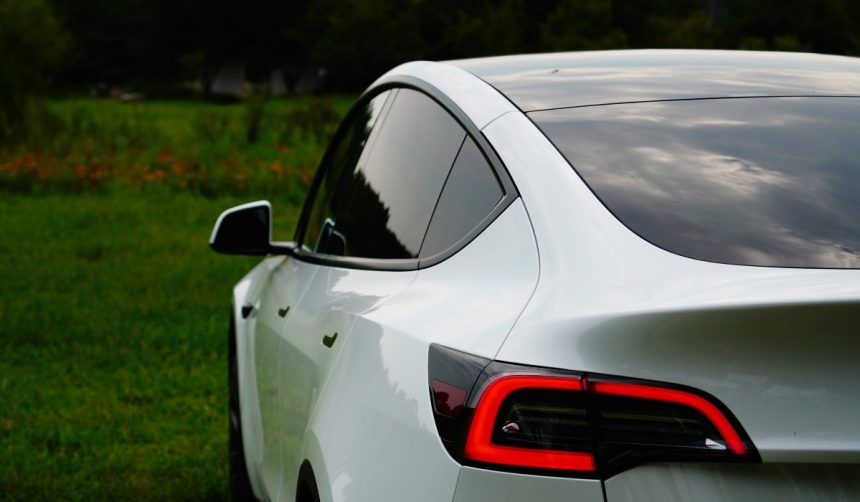Tesla’s latest expansion of its Robotaxi service in Austin introduces a distinctive approach that goes beyond simply covering more geographic ground. Instead of a conventional enlargement of its operational area, Tesla has chosen an unconventional and deliberate shape for the geofenced zone, attracting both amusement and criticism. Observers note how this bold move sends a clear signal to competitors, reinforcing Tesla’s readiness to scale and innovate within the autonomous vehicle sector. This action coincides with the company’s characteristic irreverence visible in past pricing tactics and product launches, underlining a pattern of combining product strategy with brand personality.
Since autonomous ride-hailing first attracted public attention, various companies have pursued regional expansions through methodical and gradual rollouts. Previously, providers such as Waymo emphasized safety metrics and careful geographic progression, often opting for conventional service map expansion. Tesla’s latest expansion with Robotaxi in Austin diverges from these patterns, emphasizing the flexibility enabled by its real-time vehicle data and over-the-air software capabilities. The expansion also echoes Tesla’s previously reported applications for permits in regions like Arizona and California, suggesting a readiness to accelerate geographic reach more rapidly than rivals.
What Sparked Debate About the New Robotaxi Zone?
Tesla recently redrew its Robotaxi service area in Austin, choosing a notably nontraditional shape for the geofence. This approach prompted a spectrum of responses, from critics calling it unserious to supporters seeing it as evidence of technical capability. Tesla’s integration of humor and unconventional decisions is not new; past examples include pricing the Model S at $69,420 and offering promotional Robotaxi rides at $4.20, later adjusting to $6.90. The company often publicizes these choices, as reflected in its tweet,
Proudly unserious
highlighting the deliberate embrace of a lighthearted brand image.
Why Did Tesla Choose This Expansion Strategy?
The choice to expand with an unusual geofence was made possible by the operational maturity of Tesla’s autonomous platform. Unlike earlier phases, where expansion required significant restrictions, the current iteration allows Tesla to deploy Robotaxi with increased flexibility. The company emphasizes this adaptability, suggesting it can broaden service coverage in any direction according to operational readiness, rather than being constrained by traditional mapping or cautious trial phases.
How Does This Signal Tesla’s Position Against Competitors?
Tesla’s expansion move serves both as a technological demonstration and a message to competitors. By displaying the ability to quickly alter and broaden service boundaries, Tesla distinguishes itself in an industry where most competitors remain cautious in scaling up. Other companies may not possess equivalent software integration or extensive data capability to adjust fleet operations as rapidly. Tesla’s move signals self-assurance and technical competence to both rivals and the market at large.
While recent headlines focus on the Austin expansion’s unusual shape, underlying developments reveal Tesla’s escalating readiness to move into new cities, with permit applications and regulatory filings underway for California and Arizona. The decision to remain in Austin for now underscores strategic caution, but Tesla’s positioning suggests the company can extend Robotaxi reach with minimal advance notice. The giggle-inducing optics of the service map do not overshadow the operational reality – Tesla’s billions of miles of data and autonomous driving capability enable a level of scaling agility few can match in the current market.
Tesla’s approach with Robotaxi blends lighthearted public gestures with underlying technical progress. For readers evaluating the significance of the expansion, key factors to note are the operational flexibility enabled by Tesla’s data-driven systems and the concurrent regulatory work to expand into new high-population markets. As more regions prepare for autonomous ride-hailing services, stakeholders should pay close attention to Tesla’s strategy of combining technical scalability with deliberate brand expressions, as it reflects a growing divergence from traditional automotive and mobility company playbooks. Those seeking to understand sector dynamics may benefit from tracking not just rollout areas, but also the nature and intent behind each expansion pattern and public message.
- Tesla expands Robotaxi in Austin with a unique geofence shape.
- The move signals to competitors Tesla’s technical readiness for rapid growth.
- Unconventional strategy combines operational maturity with brand personality.










